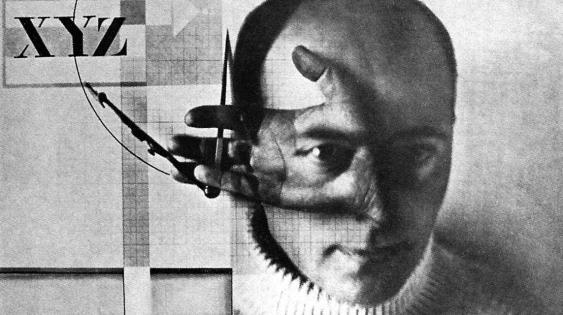DES235 HISTORY OF DESIGN I surveys the history of design in Europe and the United States from the mid eighteenth century to about 1925. During that period, Europe and North America were swept by a series of economic, political, and social revolutions that dramatically transformed the structure of society. One of the most significant results of those transformations was the increasing importance of design, understood in the broadest sense as the process through which both objects of consumption and the means of their production are determined.
Covering a wide range of fields, including art, architecture, and interior design, as well as industrial and graphic design, this course considers objects as indices of the larger cultural, economic, and political forces that have shaped the history of modern design. In addition, it examines individual works in depth in order to understand how they reflect the social, material, and economic imperatives that confronted the designer.
After taking this course, students will be able to identify and discuss key figures, events, and trends in the history of modern design; analyze objects and primary source materials to determine their historical significance as well as their relevance for contemporary issues; and compose clear and concise arguments for written, spoken, and “designed” communication. Ultimately, this course aims to introduce students to the myriad ways in which design interacts with culture and society, and to provide an understanding of the evolution of the role of the designer in modern society.
